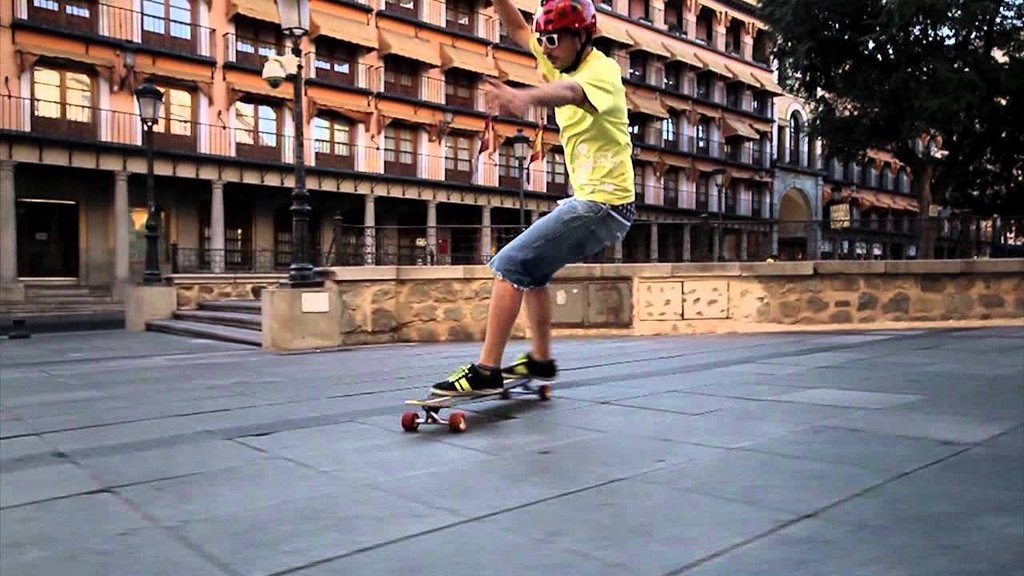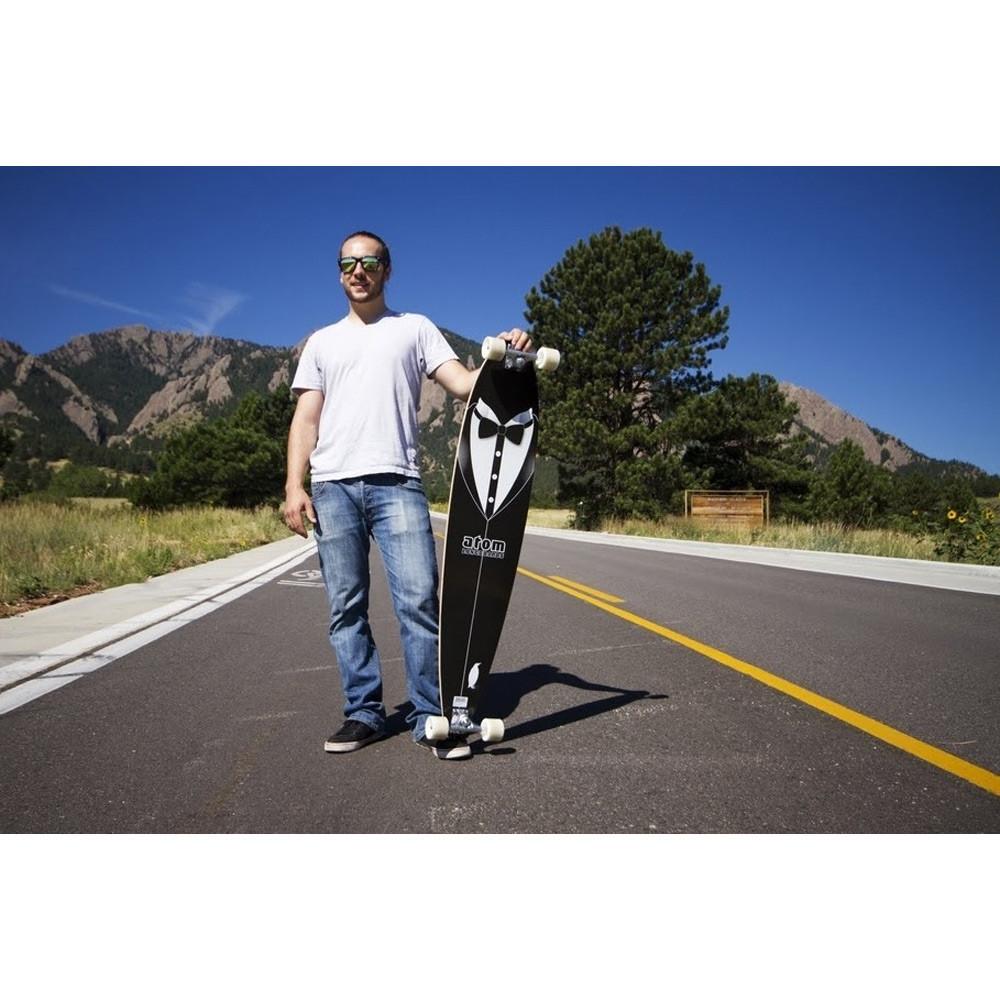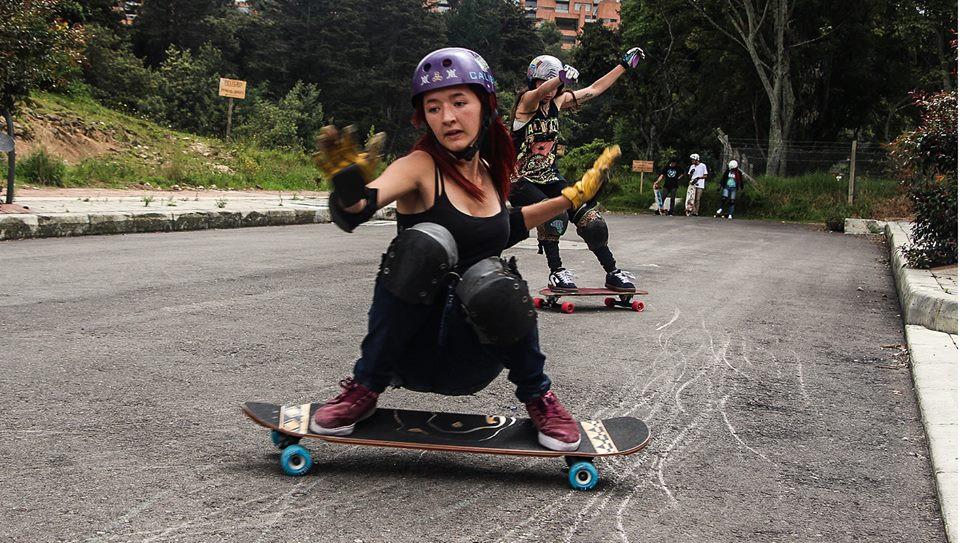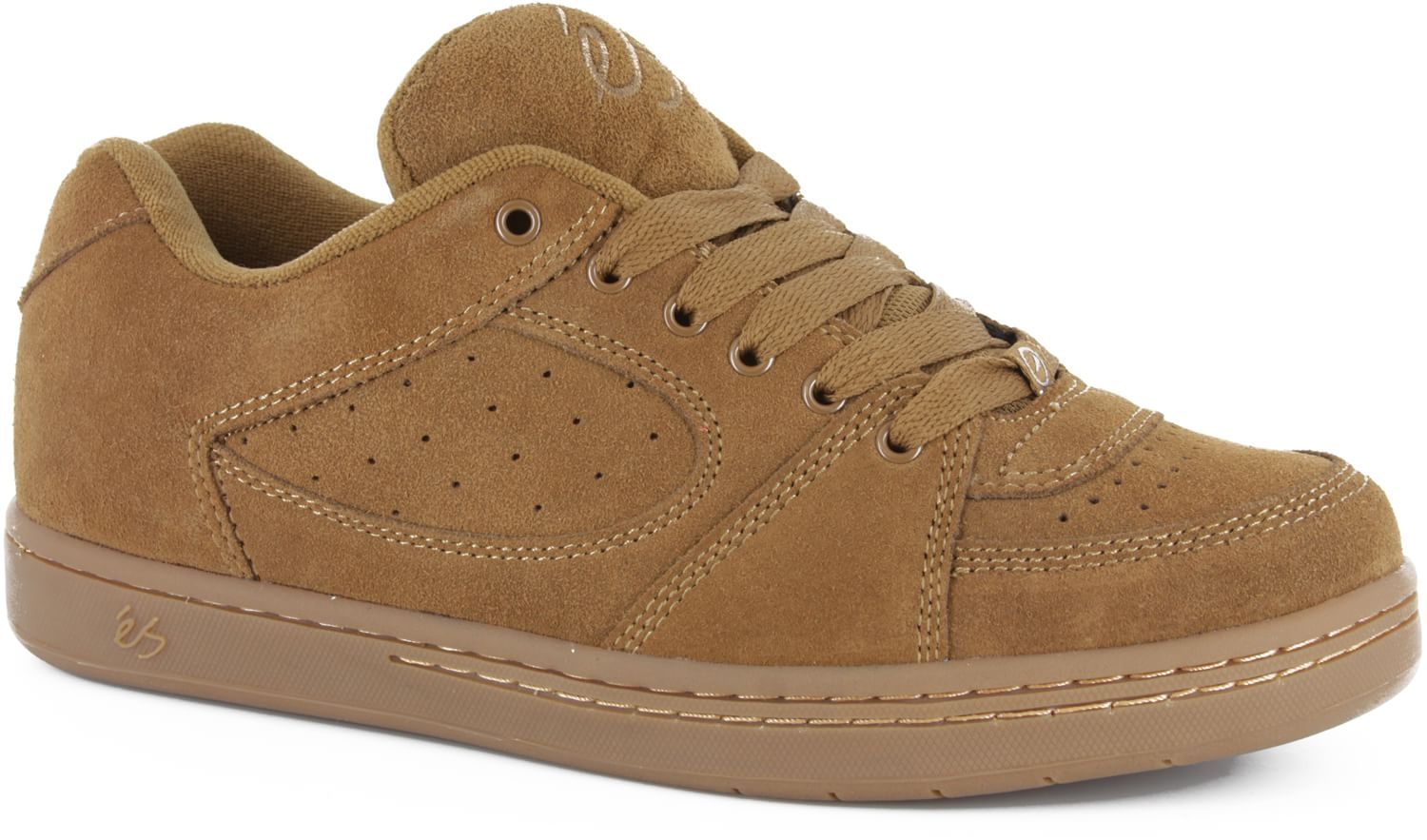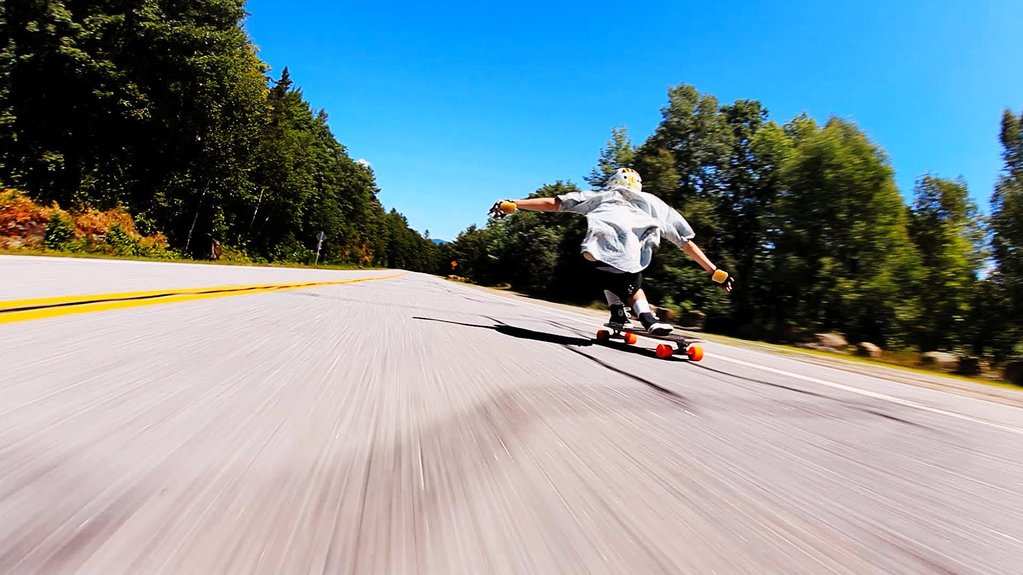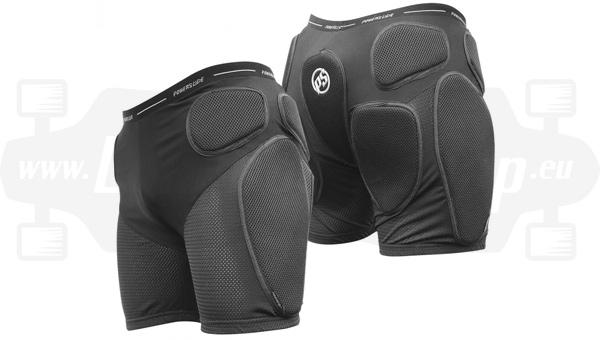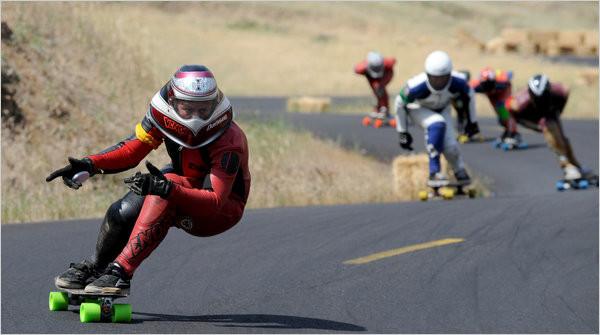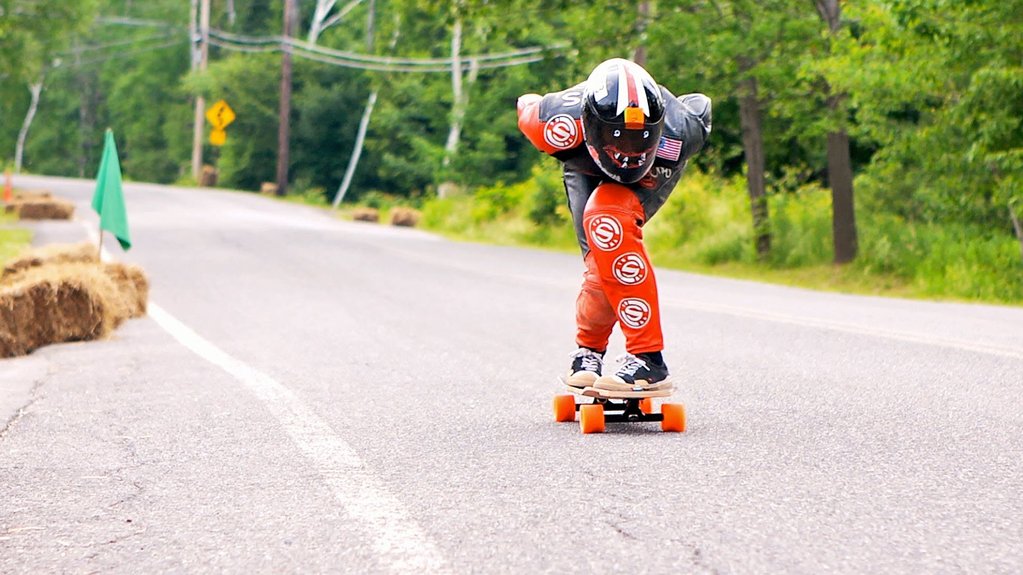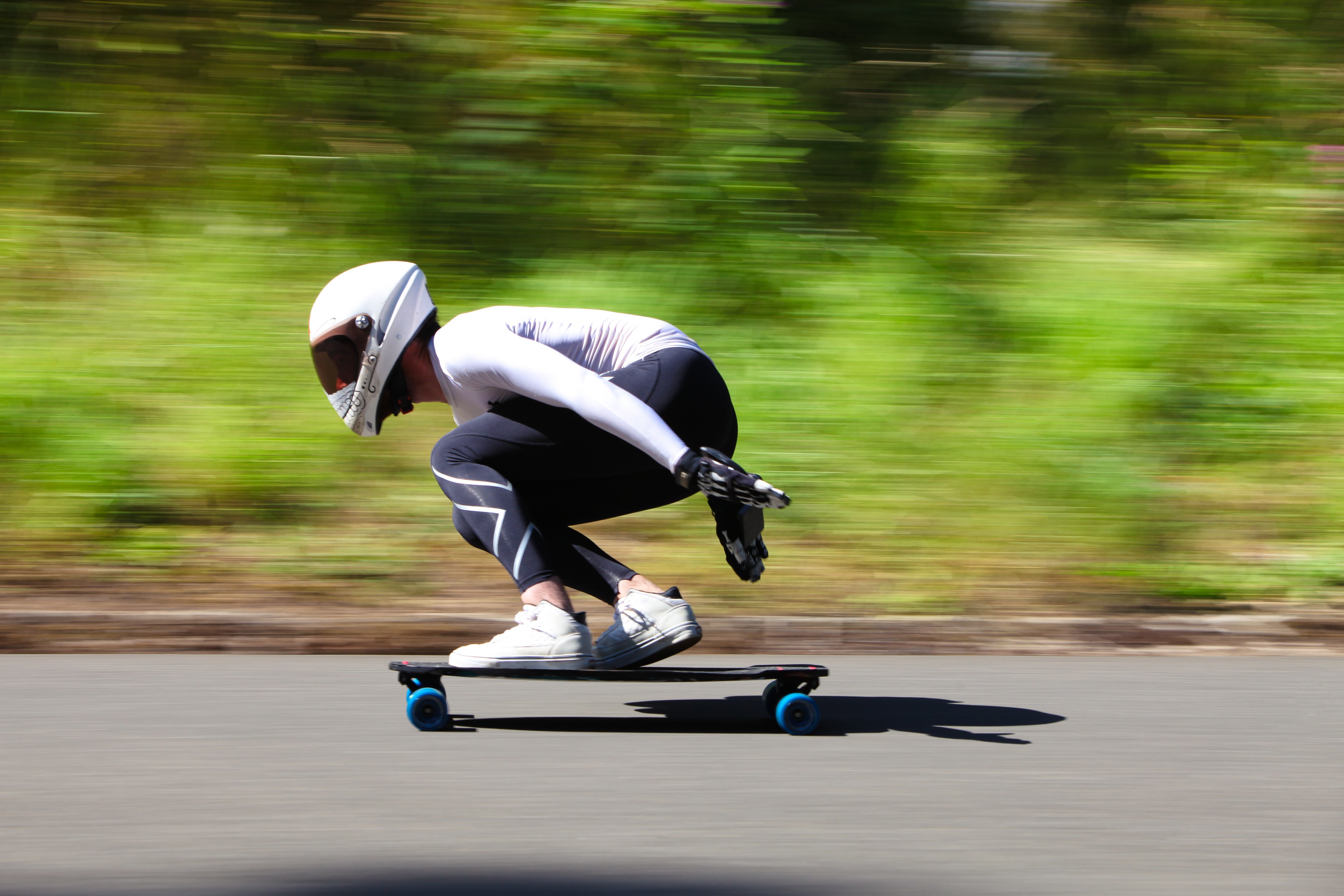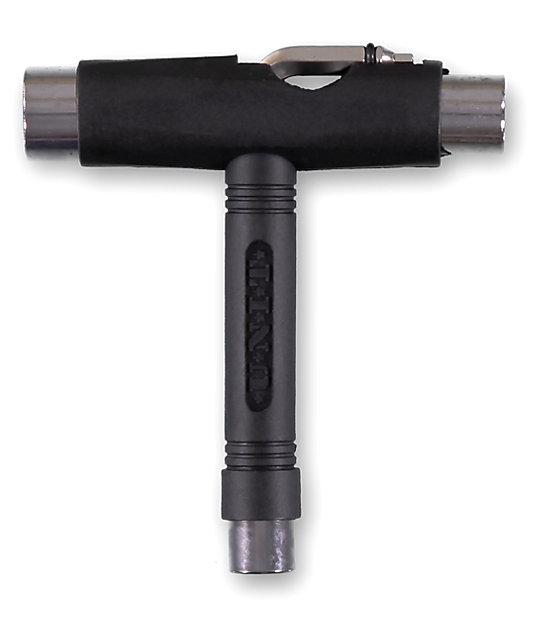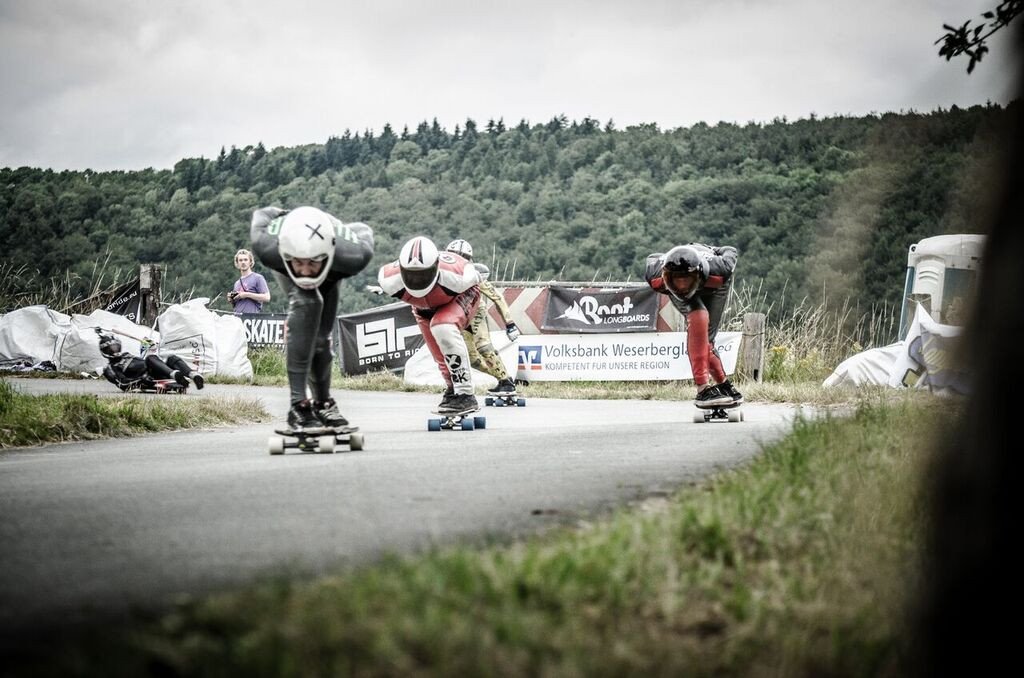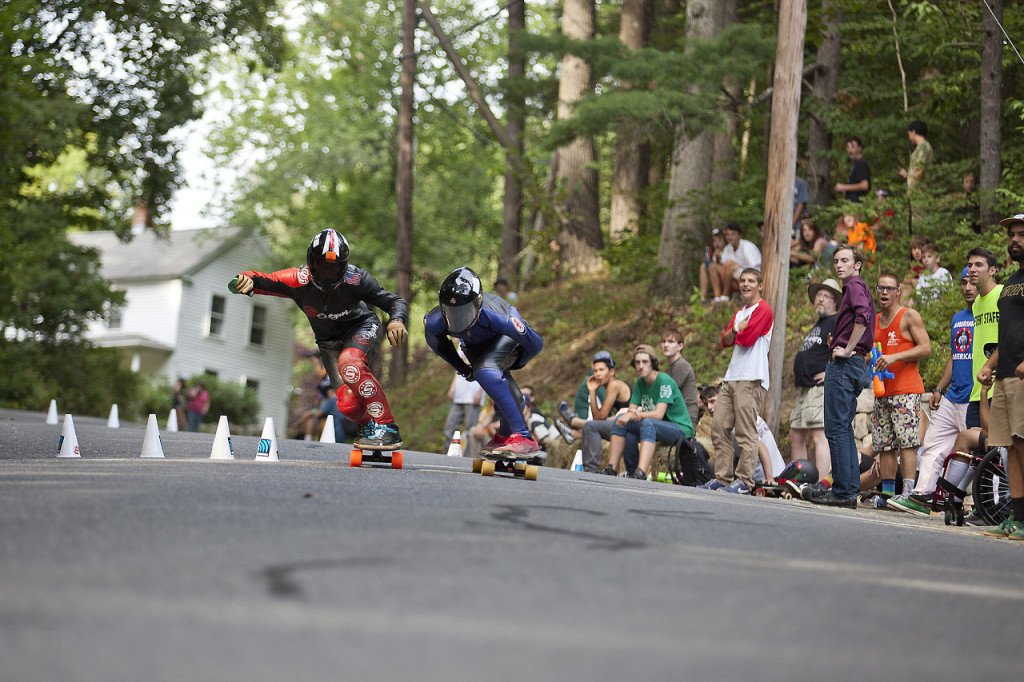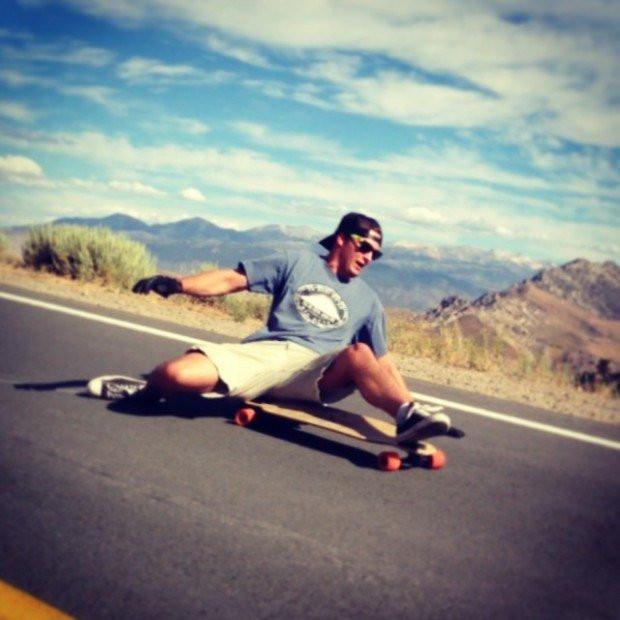
I just posted about carving the other day, so I thought I would post about some other turning techniques and tips and tricks. So, as it turns out, you can’t turn the full range of motion that your trucks will permit using just your legs. There are a bunch of other things that you can do on a longboard in order to turn deeper and harder on your longboard, and those are the things I will speak about.
Sitting down.
Most of the turns you would have done up until this point would have involved just using your upper body to lean to the side and in turn press your board down with your feet. At least, that’s the deepest you’ve done. Most other times you would have used just your feet and ankles to apply that pressure.
Thing is, when you get to faster and more sketchy turns, using just your feet will definitely not be enough. When you try just turning with your feet you will find yourself wobbling and twitching out of control, and you probably won’t make the turn tight enough anyway and in the end just coming up on a curb and bailing or something painful.
There is a solution for these, but it is one-sided. Meaning, you can only do it heelside. So, right if you are goofy, and left if you are regular footed. This is probably the fastest deep turn you can do. It doesn’t involve slide gloves on the ground, and the depth of the turn isn’t enough to really shave off any speed, unlike carving or anything.
In order to do this technique, you should have a good understanding of how hard you feel g-force on your particular setup. This is because for the most part, you will be hanging slightly off the center of your board, so you need that force to push you onto the board.
First thing you do is lean into a heelside turn. As you turn harder and harder, you bend your legs and get into a “sitting” position, with your legs at an almost 90 degree angle, and arms anywhere to help you balance. You should shift much of your weight to your front foot in order to prevent wobbles. As you come back up, naturally just stand back up.
Grabbing rail.
Many longboarders see grabbing rail as one of the fundamental skills of the sport. Grabbing rail is when you grab well, the edge of a board. It seems pretty simple if you haven’t done it before, but there is a single best way to do it, and this way is actually better than any other way by a huge lot.
We’ll start with heelside turning. The wrong way to do it is called stinkbugging. This is when you grab the edge of the board between your legs, as in the following picture (http://i.imgur.com/5IpayY8.jpg?fb)
This is highly dangerous because it makes your whole body get into a pre-rotation, meaning that instead of facing slightly forward into the direction of travel as it usually should be, it is instead rotated downwards and to the side. This contorts your lean much onto both of your feet instead of just onto your front foot, and you will find yourself either sliding out or having a very, very wobbly corner.
Instead, grab over your back leg. As you bend down to turn, take your arm and wrap it around the side of your body and then grab rail. This makes sure that your body isn’t in a weird contorted formal, instead it makes your whole body lean forward, loaded most of your weight onto your front. This makes sure that you won’t have any wobbly, twitchy turns.

This is even more advanced, but grabbing rail and doing a heelside turn is a setup for a slide that I will explain in a different article, but if you carve hard enough and push out with your back, you will initiate a heelside squattie, or a heelside sitdown slide. More on that later.
There is also a toeside rail. This is the simpler one. First, you have to know tuck stance. Tuck stance is a racing stance that kind of looks like what you would do if you were kneeling before a king, except that your back knee is off of the ground. This is extremely aerodynamic, but it is also the starting point of many railgrabs and slide stances.
From a tuck, you reach down and grab the rail opposite of the side you are turning to, and pull. Keep your other hand above the ground with a slide glove on, but don’t touch down. This is a very, very tight turn. It will propel you to the side much faster and harder than you are probably used to, so use caution when pulling. Pull a little bit and then gradually pull more. In time, you will be turning as tight as making hairpin garage turns with almost no effort.
Puck down!
There are certain times when not putting your slide puck down is slightly dangerous, and also there are times when it is necessary to almost be off the board in order to turn hard enough to clear a corner. In instances like this, you put a slide glove down.
So, it’s the same concept as what I explained above, but it’s just capitalizing on harder pulling on the rails by pretty much hanging off the board. You just reach down, touch the ground and then pull hard.
For toeside, be sure that your knees do not touch the ground! It’s a painful experience having your skin torn off by asphalt. And for heelsides, be careful that you don’t carve hard enough to initiate a shutdown slide, because that will totally take you by surprise and end up with you faceplanting into the ground. That isn’t fun.
-CARVE HARDER! Ryan L. Longboarder.

